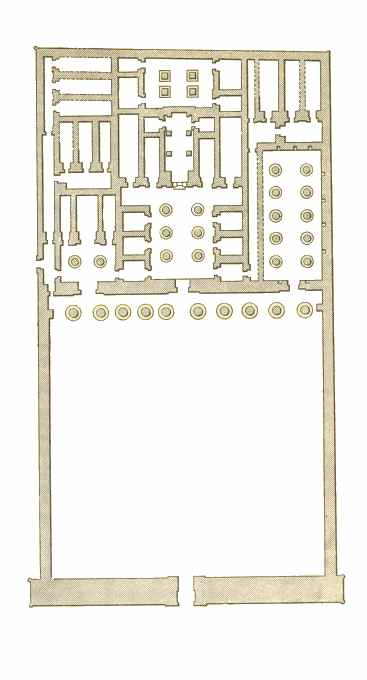Mortuary Temple of Seti I on:
[Wikipedia]
[Google]
[Amazon]
The Mortuary Temple of Seti I is the
 The entire court and any pylons associated with the site are now in ruins, and much of the eastern part of the complex is buried under the modern town of Qurna.
The entire court and any pylons associated with the site are now in ruins, and much of the eastern part of the complex is buried under the modern town of Qurna.
memorial temple Mortuary temples (or funerary temples) were temples that were erected adjacent to, or in the vicinity of, royal tombs in Ancient Egypt. The temples were designed to commemorate the reign of the Pharaoh under whom they were constructed, as well as ...
(or mortuary temple) of the New Kingdom
New is an adjective referring to something recently made, discovered, or created.
New or NEW may refer to:
Music
* New, singer of K-pop group The Boyz
Albums and EPs
* ''New'' (album), by Paul McCartney, 2013
* ''New'' (EP), by Regurgitator ...
Pharaoh
Pharaoh (, ; Egyptian: '' pr ꜥꜣ''; cop, , Pǝrro; Biblical Hebrew: ''Parʿō'') is the vernacular term often used by modern authors for the kings of ancient Egypt who ruled as monarchs from the First Dynasty (c. 3150 BC) until th ...
Seti I
Menmaatre Seti I (or Sethos I in Greek) was the second pharaoh of the Nineteenth Dynasty of Egypt during the New Kingdom period, ruling c.1294 or 1290 BC to 1279 BC. He was the son of Ramesses I and Sitre, and the father of Ramesses II.
The ...
. It is located in the Theban Necropolis
The Theban Necropolis is a necropolis on the west bank of the Nile, opposite Thebes (Luxor) in Upper Egypt. It was used for ritual burials for much of the Pharaonic period, especially during the New Kingdom.
Mortuary temples
* Deir el-Bahri ...
in Upper Egypt
Upper Egypt ( ar, صعيد مصر ', shortened to , , locally: ; ) is the southern portion of Egypt and is composed of the lands on both sides of the Nile that extend upriver from Lower Egypt in the north to Nubia in the south.
In ancient E ...
, across the River Nile
The Nile, , Bohairic , lg, Kiira , Nobiin: Áman Dawū is a major north-flowing river in northeastern Africa. It flows into the Mediterranean Sea. The Nile is the longest river in Africa and has historically been considered the longest riv ...
from the modern city of Luxor
Luxor ( ar, الأقصر, al-ʾuqṣur, lit=the palaces) is a modern city in Upper (southern) Egypt which includes the site of the Ancient Egyptian city of ''Thebes''.
Luxor has frequently been characterized as the "world's greatest open-a ...
( Thebes). The edifice is situated near the town of Qurna.
Construction
The temple seems to have been constructed toward the end of the reign of Seti, and may have been completed by his sonRamesses the Great
Ramesses II ( egy, rꜥ-ms-sw ''Rīʿa-məsī-sū'', , meaning "Ra is the one who bore him"; ), commonly known as Ramesses the Great, was the third pharaoh of the Nineteenth Dynasty of Egypt. Along with Thutmose III he is often regarded as t ...
after his death. One of the chambers contains a shrine dedicated to Seti's father Ramesses I
Menpehtyre Ramesses I (or Ramses) was the founding pharaoh of ancient Egypt's 19th Dynasty. The dates for his short reign are not completely known but the time-line of late 1292–1290 BC is frequently cited as well as 1295–1294 BC. While R ...
. The ruler reigned a little under two years, and did not construct a mortuary temple for himself.
Current condition
 The entire court and any pylons associated with the site are now in ruins, and much of the eastern part of the complex is buried under the modern town of Qurna.
The entire court and any pylons associated with the site are now in ruins, and much of the eastern part of the complex is buried under the modern town of Qurna.
References
Theban Necropolis Seti I {{AncientEgypt-stub